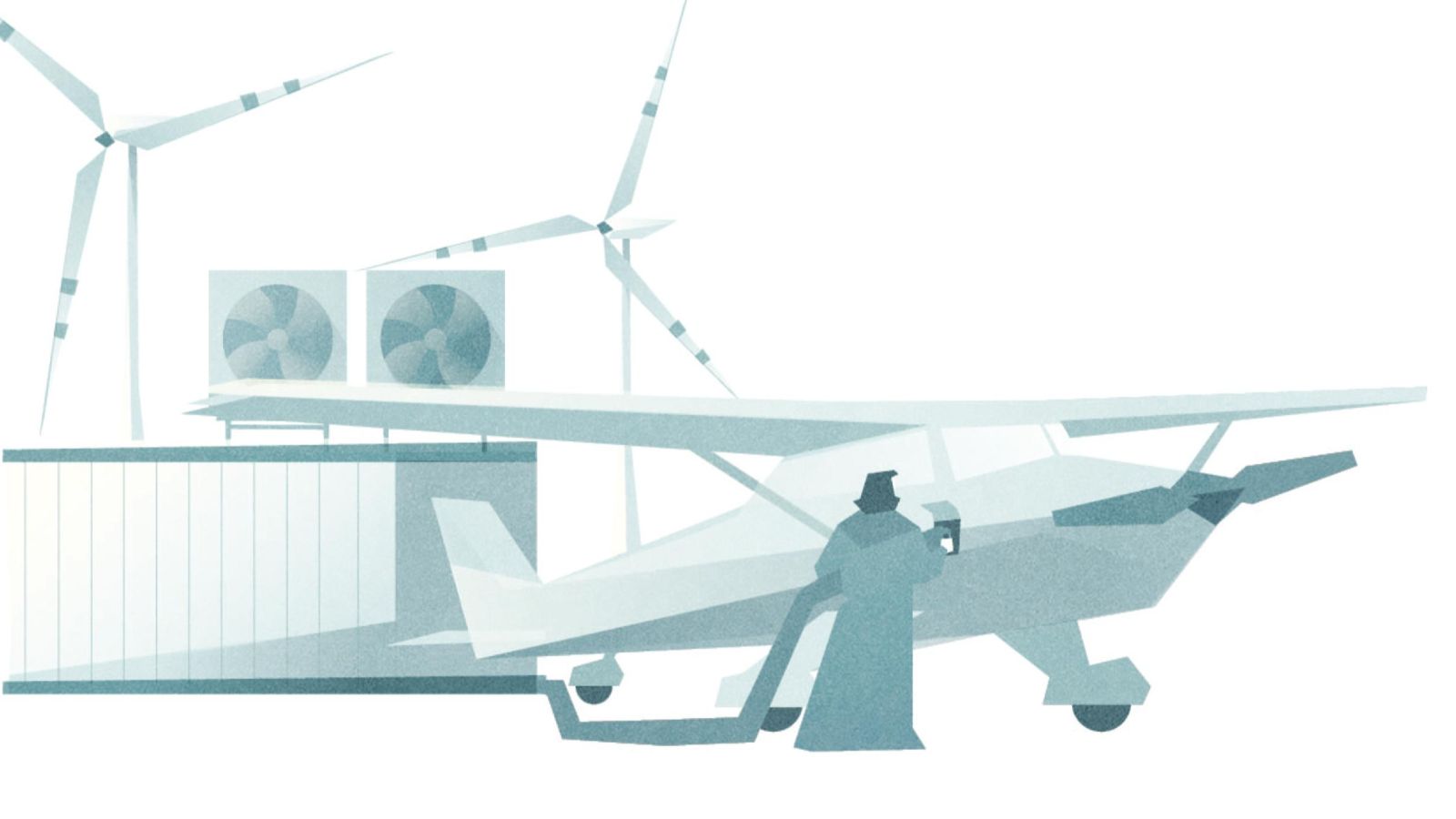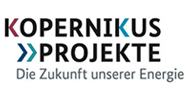Research for the Energy Transition
What, why and how: An overview of the Kopernikus Projects
The Kopernikus Projects are among the largest research initiatives in Germany dedicated to the energy transition. Their aim is to pave the way for Germany to achieve climate neutrality by 2045. The projects are funded by the Federal Ministry of Research, Technology and Space (German abbreviation: BMFTR).

-
Project Ariadne examines how policy measures take effect – from individual sectors to the broader system – through a joint learning process between science and society.
-
Project ENSURE develops the electricity grid of the future.
-
Project P2X explores how renewable electricity, CO₂ and water can be converted into gases, fuels, chemicals and plastics.
-
Project SynErgie investigates how energy-intensive industrial processes can become more flexible and thereby adapt to the availability of renewable energy sources.
All projects are characterised by close collaboration between business, science and civil society. Together, they work over a period of ten years in three successive phases to develop market-ready solutions. Research that makes a difference.
To maximise impact, the Kopernikus Projects are structured in three phases:
-
Phase 1: 2016–2019 – Concepts and theoretical foundations
-
Phase 2: 2019–2023 – Validation and preparation for real-world implementation
-
Phase 3: 2023–expected end of 2026 – Deployment of developed technologies in demonstrators
Just as Nicolaus Copernicus triggered a transformation in science and society with the heliocentric model of the universe, the Kopernikus Projects aim to spark a paradigm shift – towards research projects capable of driving societal change at large.
Adapting to a changing society
Because society and scientific knowledge are constantly evolving, the Kopernikus Projects are designed to be flexible and adaptable. As scientific insights progress, the projects’ focus can also shift. Clear milestones define the goals each project aims to achieve – and provide measurable indicators of success.
The Kopernikus Projects have set new standards in funding policy: 90 institutions and organisations from across society were asked to identify what they consider to be the key research topics for a successful energy transition. Based on their input, research guidelines and calls for proposals were developed. In 2016, around 1,000 institutions submitted 41 project proposals in response. A panel of experts from academia, industry and civil society selected the consortia that ultimately received funding.
Selection process
In 2016, nearly 1,000 institutions submitted 41 proposals in the hope of joining the Kopernikus Projects. Around half of them came from industry and the private sector. An independent advisory board evaluated the proposals and continues to monitor and assess the progress of the projects on an ongoing basis.


